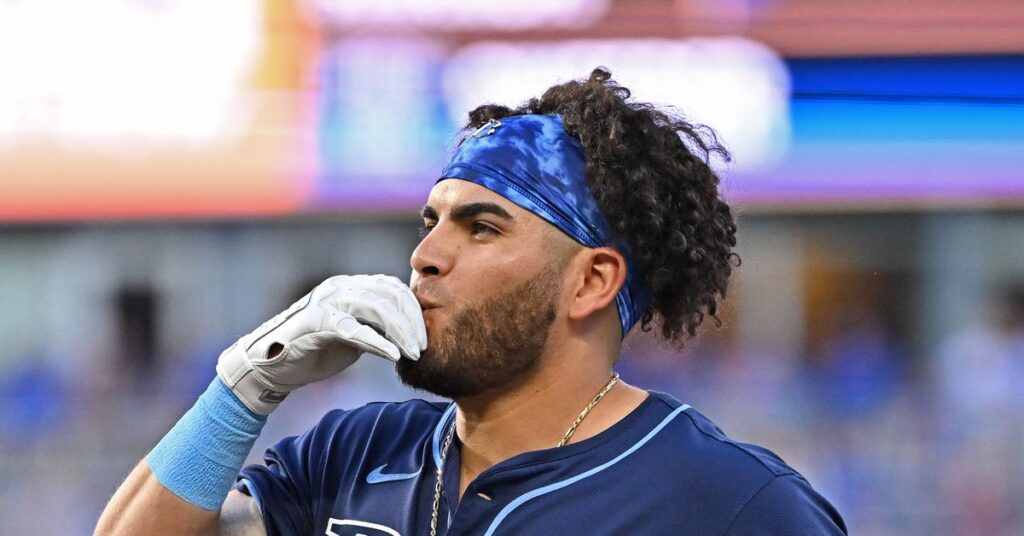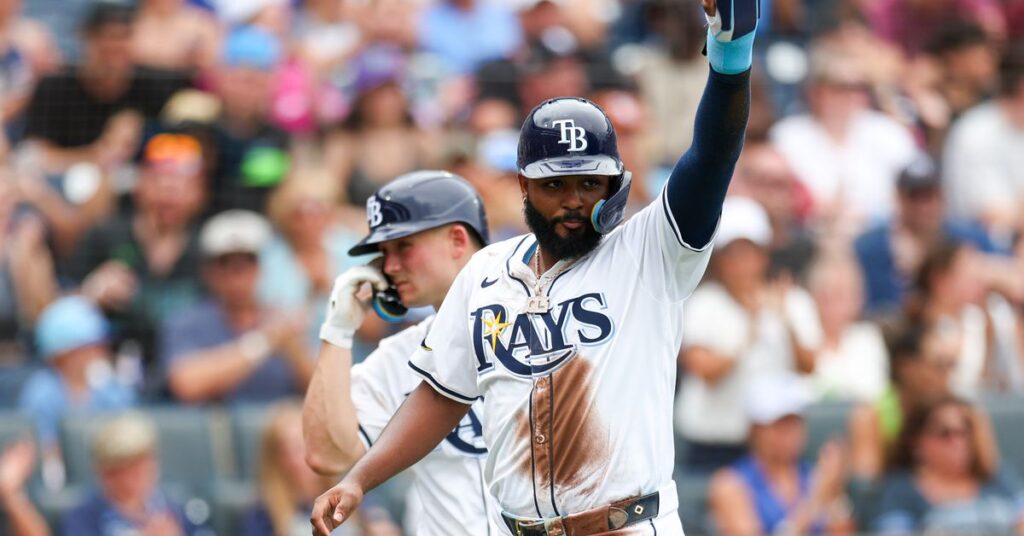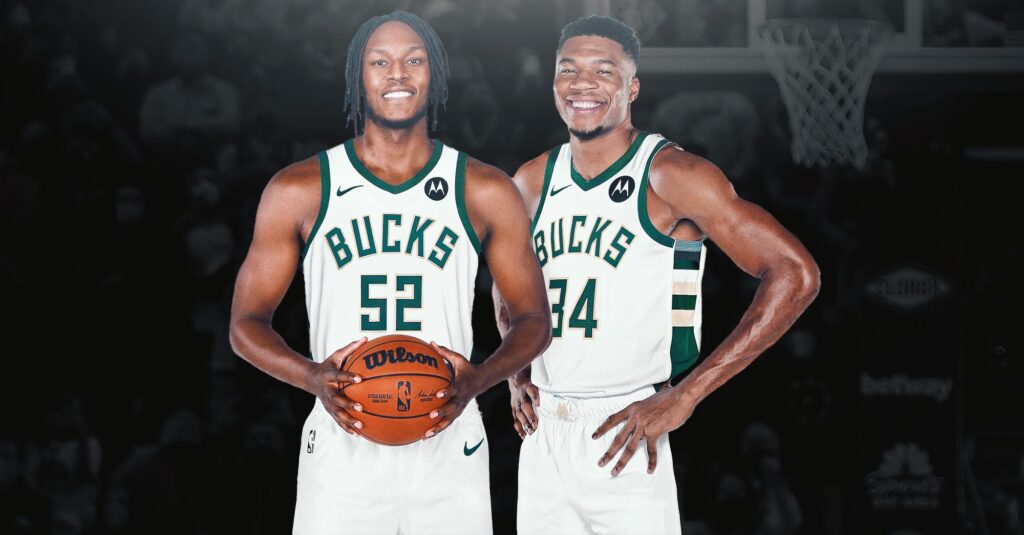Trading is an exciting and strategic aspect of dynasty fantasy football. In dynasty leagues, a fantasy manager’s success often hinges on their ability to trade efficiently. Fantasy managers can fill gaps in their roster, improve weaknesses, and provide depth to their overall squad. Successful trading requires a solid understanding of player values, league trends, and negotiation skills. In this edition of Dynasty Trade Secrets, we will explore “the 2-3 year window.”
Dynasty Trade Secrets
In the first article of the Dynasty Trade Secrets series, we discussed assessing your team roster to determine whether you are a pretender or a contender. We followed that article up by diving into player values. Then, we tackled draft pick values and finding the right trade partner before ending our last article discussing roster construction. I encourage you to read all five articles first, as we built upon each of these concepts:
STEP 1 | ASSESSING YOUR ROSTER
STEP 2 | UNDERSTANDING PLAYER VALUES
STEP 3 | UNDERSTANDING DRAFT PICK VALUES
STEP 4 | FINDING A TRADE PARTNER
STEP 5 | ROSTER CONSTRUCTION
STEP 6 | 2-3 Year Window
The 2–3 year window is a strategy mindset that balances winning early with sustainable competitiveness in the near future. A 2-3 year window refers to not being all-in for this year, nor are you rostering every rookie. You’re trying to win early, without blowing up your entire future. You’re building to win soon and stay strong, rather than making risky all-in pushes or endlessly rebuilding. It’s the sweet spot between short-term dominance and long-term success.
Why a 2-3 Year Window?
With free agency, injuries, and the overturning of football rosters, it is hard to project a player’s fantasy value past a 2-3 year window. The NFL is commonly referred to as “Not For Long,” referencing players’ careers are short, and their roles often change.

Diontae Johnson is a perfect example. In 2021, Johnson finished as the WR8 and appeared to be the next great Pittsburgh Steelers wide receiver, following in the footsteps of Emmanuel Sanders, JuJu Smith-Schuster, and Antonio Brown. In 2024, Johnson played for three different franchises (Baltimore, Carolina, and Houston) while finishing with career lows in all major receiving categories.
How To Approach Each Position
Quarterback
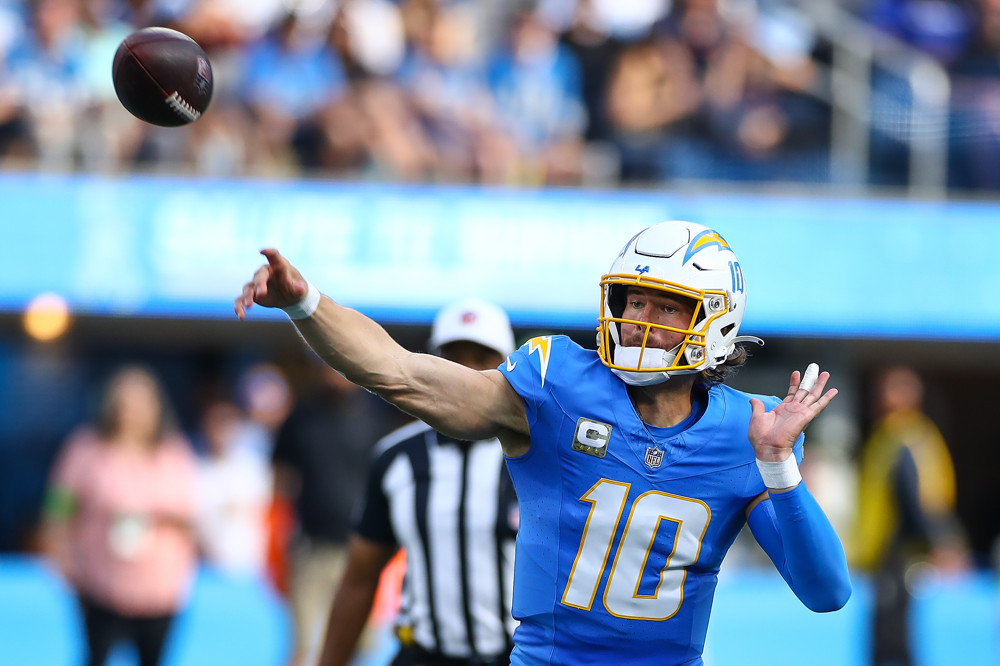
Photo by Jevone Moore/Icon Sportswire
At the quarterback position, you have flexibility as quarterbacks still hold value and contribute to your fantasy teams as they age. Older players such as Aaron Rodgers, Matthew Stafford, and Russell Wilson are still valuable QB2 options. However, you want your QB1 to be in an age range of 21-30. Those options include Justin Herbert, Jordan Love, and Baker Mayfield. Elite options such as Josh Allen, Jayden Daniels, and Lamar Jackson are key players as well.
Running Back

Running backs typically have the shortest prime years of any fantasy-relevant position. Running backs peak early and decline quickly, sometimes even falling off a cliff with little warning. This is where the 2–3 year strategy shines. You can pivot in a few directions: sell an aging running back to a contender (Derrick Henry), “buy the dip” on undervalued young backs who may be in a temporary bad situation (Trey Benson), or invest in running backs during rookie drafts.
Wide Receiver
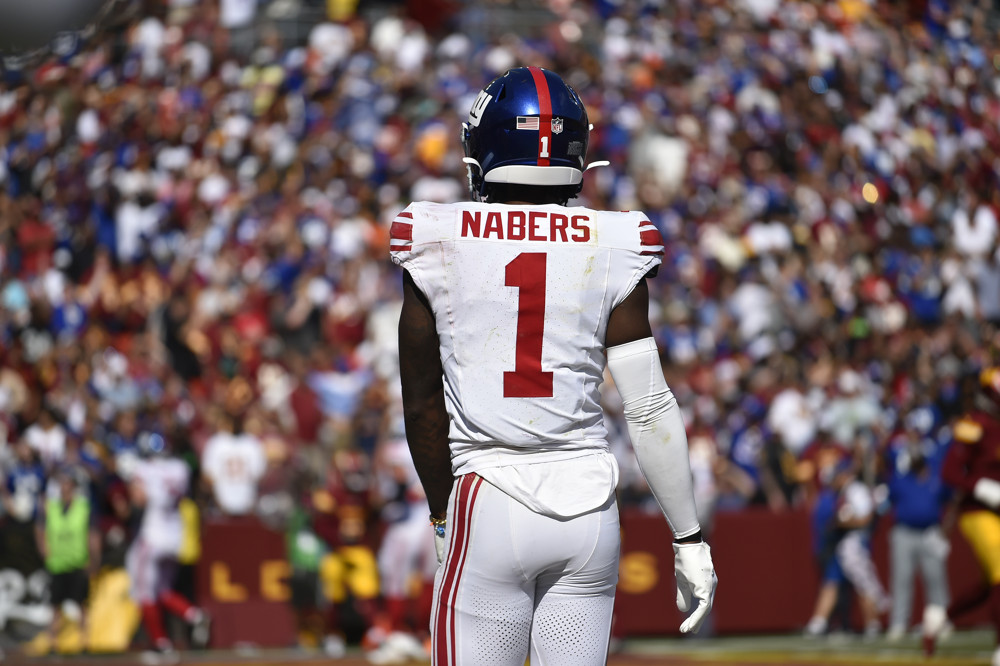
Wide receivers hold value longer than running backs. Your target value for wide receivers should be 2nd– or 3rd–year players who are already producing or have the potential to deliver. Ideally, you would want to obtain these wide receivers before their value spikes like: Garret Wilson or Marvin Harrison Jr. Veteran players such as Davante Adams, Mike Evans, and Tyreek Hill still hold value but should not be considered your core assets.
Tight End

The tight end position develops slowly. Established tight ends, such as George Kittle and Trey McBride, have proven to be consistent and reliable options. While nearing the end of his career, Travis Kelce has also been a consistent option, with 11 seasons as a TE1. Brock Bowers appears to be the next tight end to emerge as a consistent option. Tight end is also the position where I look to accumulate several possibilities and hope that one will become a consistent producer.
Review | 2-3 Year Window
TThe goal is to have a competitive and sustainable dynasty roster. Build a roster that is ready to compete now and win for 2–3 seasons without needing to reset. Make aggressive but smart roster moves. Add players whose production outlook matches your winning window. The 2–3 year window keeps you competitive while remaining flexible.
Remember, a 2-3 year window means that an eventual rebuild will be necessary. Once the window closes, you’re often left with depreciating assets, no picks, and a long rebuild ahead. Remember to always stay ahead and good luck on winning those ships!
For access to the tools I use and all the exclusive #NerdHerd content, use code DYNASTYDAD15 to save 15%! Get access to the Dynasty GM, rookie film room, player rankings, extra podcasts, the members Discord, and more. Follow me everywhere @dynastydadmike to chat dynasty trade secrets, fantasy advice, and all things football.




